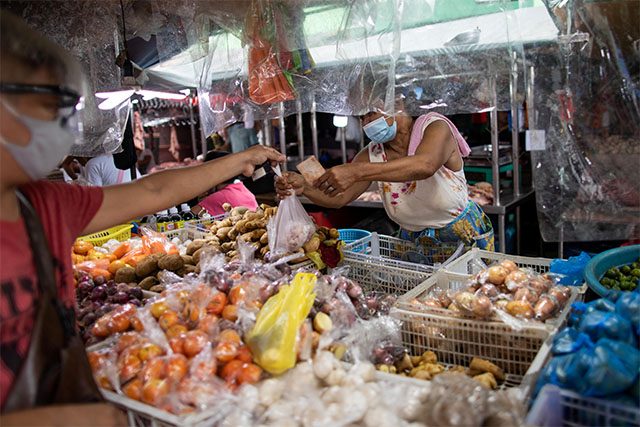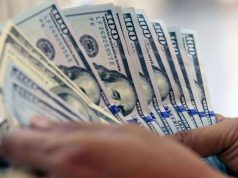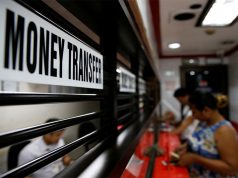
The Philippine inflation quickened to a three-year high of 6.1% in June 2022, with the national statistics agency forecasting that inflation will likely climb in the following months.
According to the Philippine Statistics Authority (PSA), this is the country’s highest recorded inflation since October 2018 when inflation was at 6.9%.
President Ferdinand Marcos Jr. at a July 5 press conference, however claimed that the 6.1% inflation rate was “not that high.”
“I think I will have to disagree with that number,” Marcos said. However, the skyrocketing prices of basic commodities — as reported by the government itself — have been forcing Filipino consumers to tighten their belts further.
What’s inflation?
In simple terms, inflation means Filipino consumers can buy less for the same amount of money. Government economists and statisticians also connect it to the declining purchasing power of money.
Now, the value of P1 is equal to 87 centavos, the lowest since the 2018 base year.
Inflation rates are measured using the consumer price index (CPI), which tracks changes in prices that consumers spend on a market basket of goods and services over time. The CPI is also a major indicator in monitoring government economic policy.
Government economic teams are wary of periods of high inflation, as Filipino consumers would bear the brunt of rising costs of goods and services.
Filipinos can expect price increases in the following commodity groups:
- Food and non-alcoholic beverages – 6%
- Transportation costs – 17.1%
- Alcoholic beverages and tobacco – 7.8%
- Clothing and footwear – 2.2%
- Housing, water, electricity, gas and other fuels – 6.6%
- Furnishings, household equipment and routine household maintenance – 2.9%
- Health – 2.6%
- Recreation, sport and culture – 1.9%
- Personal care and miscellaneous goods and services – 2.6%
The June 2022 inflation is the fourth straight month that the country’s inflation surged this year.
Who generates inflation figures?
The PSA computes the CPI every month and releases a summary inflation report five days after every reference month. As the country’s central statistical authority, the PSA takes the helm of the national government’s primary data collection.
The national statistical agency was also created by virtue of Republic Act No. 10625 otherwise known as the “Philippine Statistical Act of 2013.”
Among the PSA’s key functions include collecting, analyzing and publishing statistical information related to the country’s economic, social, demographic, political affairs and general activities and condition of Filipinos.
The Bangko Sentral ng Pilipinas (BSP) also publishes inflation forecasts, where it recently said the June 2022 inflation would settle within 5.7 to 6.5%. The BSP attributed this to higher prices of domestic oil, electricity rates and food commodities as well as the continuing peso depreciation.
It’s that high
In response to the president’s remarks, National Statistician Dennis Mapa said the PSA “stands by its report.”
The National Economic Development Authority also affirmed on July 5 the PSA’s inflation report, adding that the 6.1% inflation rate fell within the BSP’s forecast for June 2022.
“As the country’s inflation rate continues to increase, we must continue fast-tracking our policies to make sure that Filipinos can still travel to work and bring sufficient and healthy food to their tables,” NEDA said in a statement.
On Thursday, Finance Secretary Benjamin Diokno said that Marcos’ disbelief at the 6.1% June 2022 inflation rate figure was only misunderstood.
“Today, I met with the press at the Malacañan Palace to clarify that the President’s disbelief at the 6.1% June 2022 inflation rate figure was misunderstood. He was referring to it as a full-year figure when in fact the year-to-date average inflation rate is 4.4%,” he said.
According to Diokno, the figures are within the forecast range of the BSP and the Development and Budget Coordination Committee.
He attributed the high inflation rate in June to the price adjustments in “operation of personal transport equipment; electricity, gas, and other fuels; and meat and other parts of slaughtered land animals.”
“Considering that oil prices are expected to remain elevated in the near term, we will continue the grant of fuel subsidies to the most affected sectors and the importation of products that are in short supply, as has been done before,” Diokno said.








